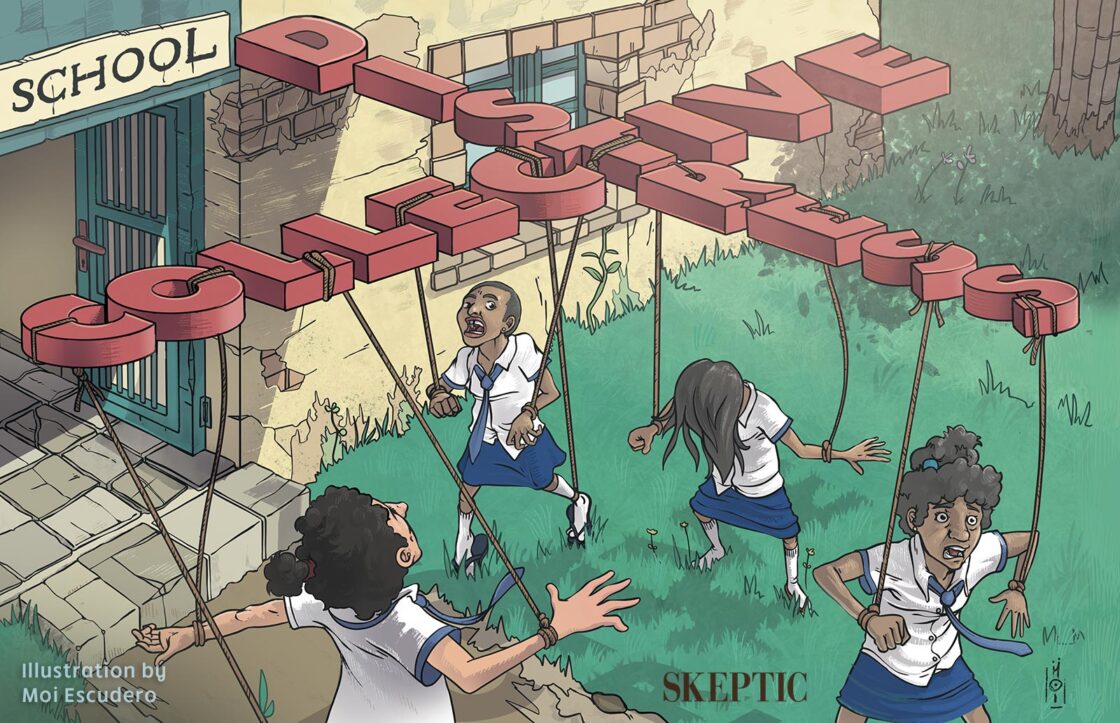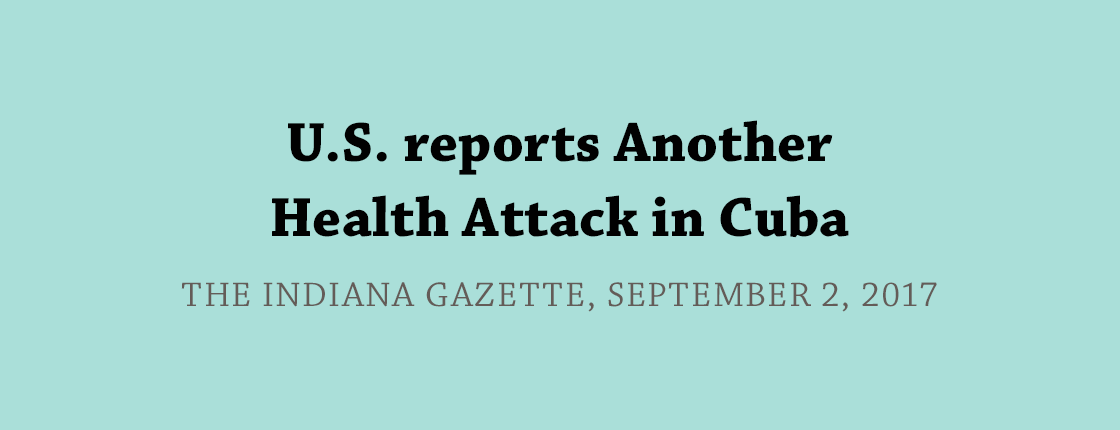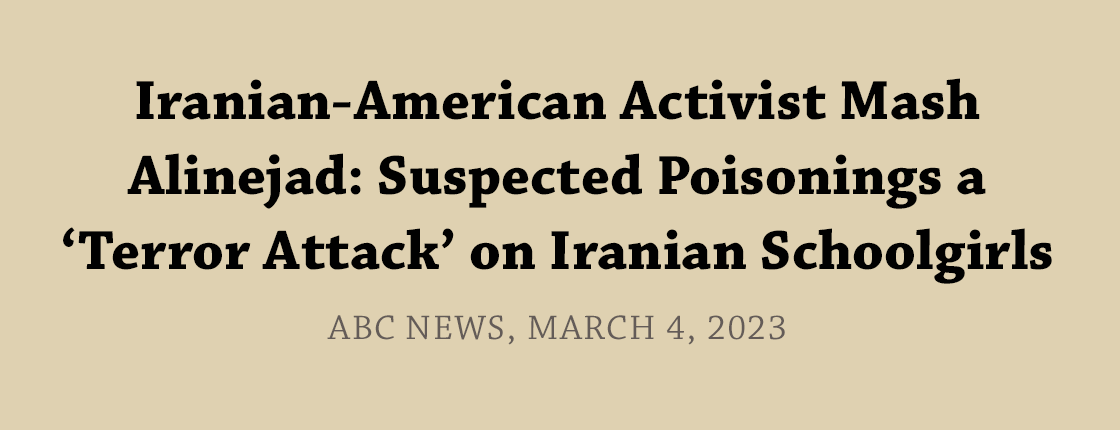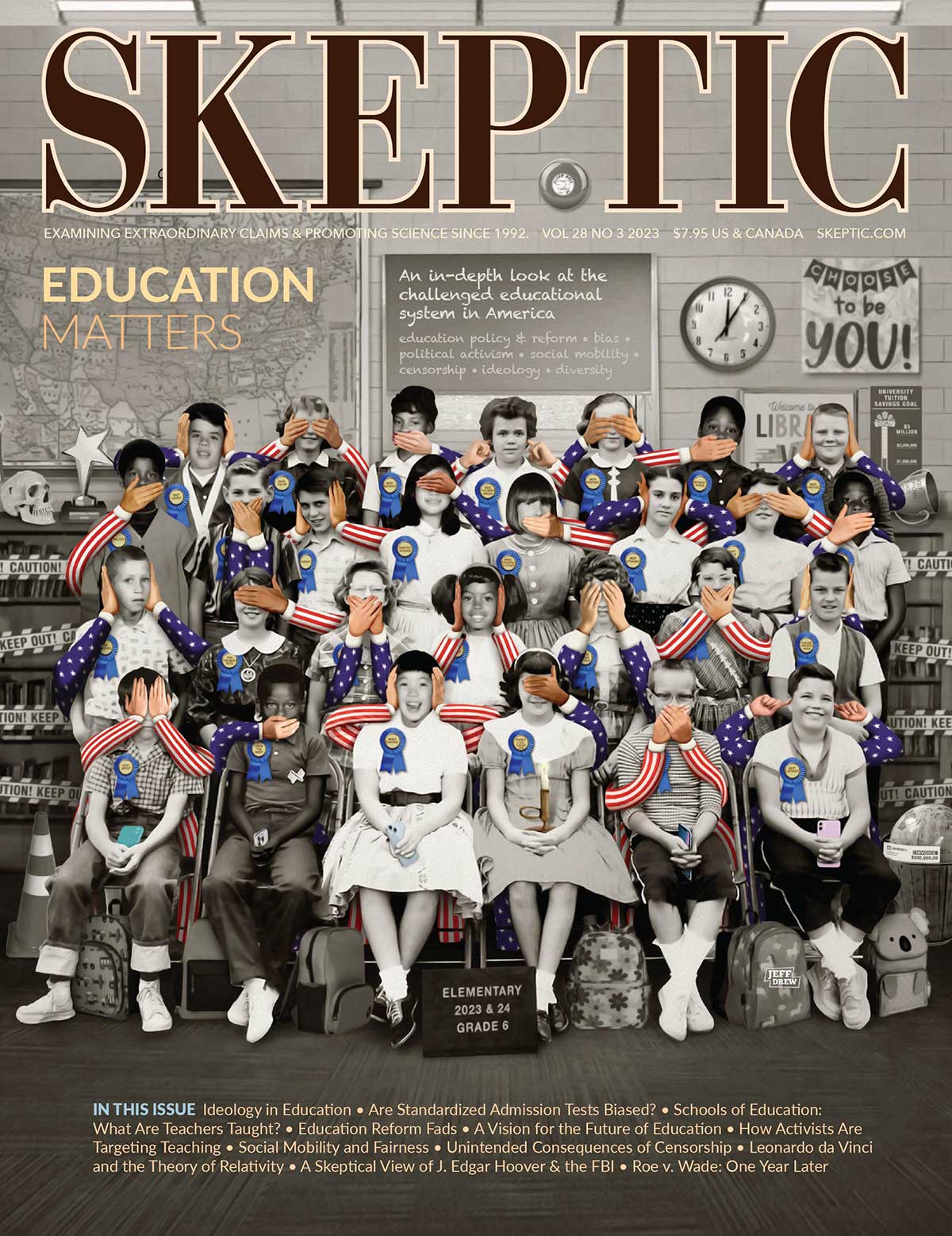
In response to recent (often ominous) reports from western Kenya regarding a bizarre condition that swept through a Christian all-girls high school, medical sociologist and journalist Robert E. Bartholomew reminds us that these types of outbreaks should be seen for what they are: collective manifestations of distress.

The convoluted saga of ‘Havana Syndrome’ appears to be winding down with the release of a new assessment by five different U.S. intelligence agencies concluding that involvement of a foreign adversary is “very unlikely.” The Syndrome was first reported in American diplomats in Cuba in late 2016 and consisted of a series of unexplained health ailments ranging from fatigue and difficulty concentrating to tinnitus. Instead, prosaic explanations were deemed as more likely including previously undiagnosed illnesses, environmental factors, and anxiety.…

Since November 2022, scores of girls in schools across Iran, have reportedly fallen victim to mysterious attacks with poison gas, sparking protests and outrage. While authorities are baffled, these incidents have all the hallmarks of mass psychogenic illness. In recent decades, remarkably similar outbreaks have occurred in different parts of the world – several involving Islamic females. What these episodes have in common is a group of oppressed girls under extreme, prolonged stress.

Mass hysterias, moral panics, and social contagions are known social psychological phenomena that can cause large numbers of people to believe things are happening to them that upon closer inspection become literally unbelievable. In this insightful analysis the authors—experts on the subject—show how the sudden spike in needle attacks is very likely one of these ephemeral phenomena.














